In the war against climate change two promising approaches are being developed for catalytically converting CO2 to value-added chemicals and fuels
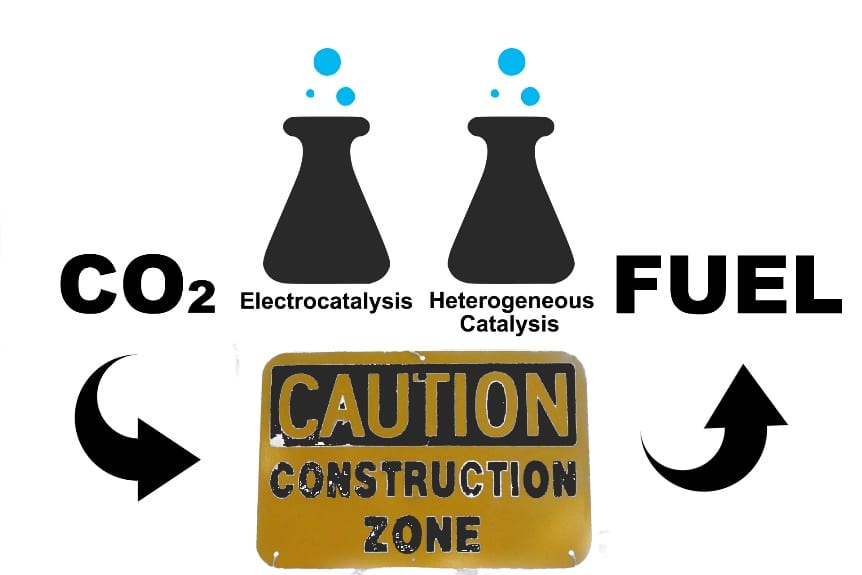

In the war against climate change two promising approaches are being developed for catalytically converting CO2 to value-added chemicals and fuels

Researchers demonstrate that a nanometer thin fullerene interfacial layer can effectively improve the organic-metal oxide heterojunction of inverted OPV cells.

Over the past decade, melanin pigments and their subunits have attracted increasing interest as soft biocompatible functional materials with antioxidant properties for engineering high performance, low impact biocompatible optoelectronic devices, such as memory...
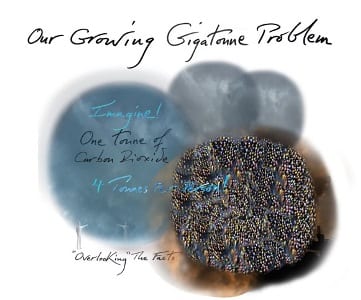
Prof. Geoffrey Ozin discusses our growing gigatonne CO2 challenge, and how we must now work together to solve it.

Opinion: We can’t have a clean-energy revolution without molecules, polymers and materials. But what have we really done to help win the war against climate change?
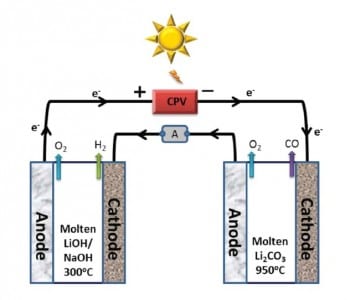
Hydrogen and carbon monoxide gas (sungas) is generated in a solar thermal electrochemical process (STEP) from water and carbon dioxide.
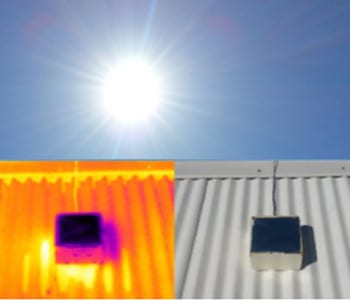
Researchers at the University of Technology in Sydney have developed a new material that can keep roofs cooler than the air above them, even in direct sunlight.

This symposium is a meeting place of academia and industry for discussing current trends and requirements of a battery’s life from cradle to grave.
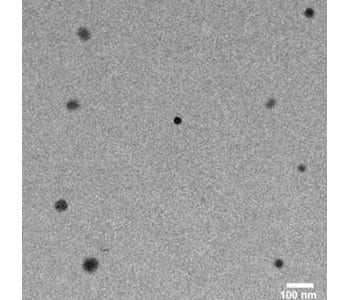
PDI-based organic nanomaterials have been successful developed and used for detection of deep human glioblastoma in mice models using photoacoustic imaging.
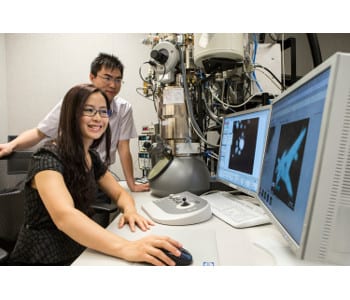
The first direct observations of how facets form and develop on platinum nanocubes point the way towards more sophisticated and effective nanocrystal design.